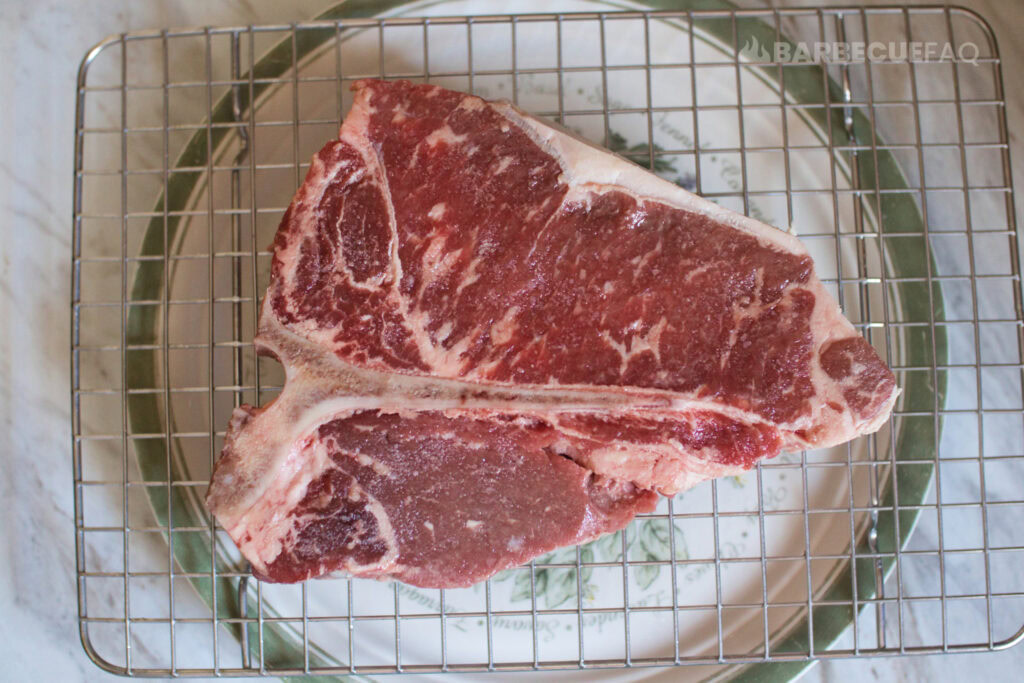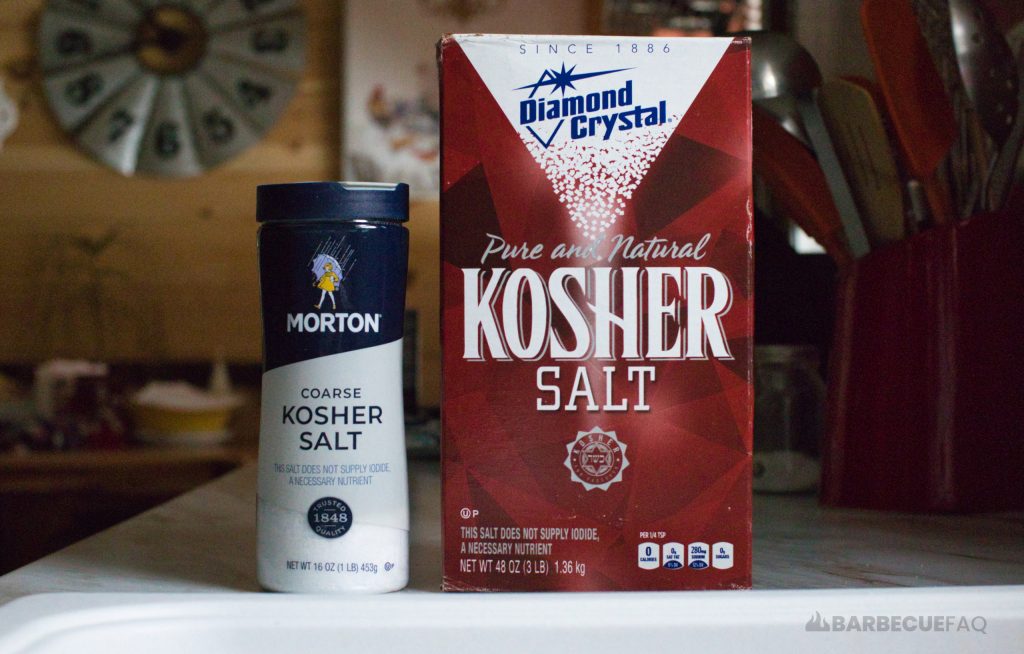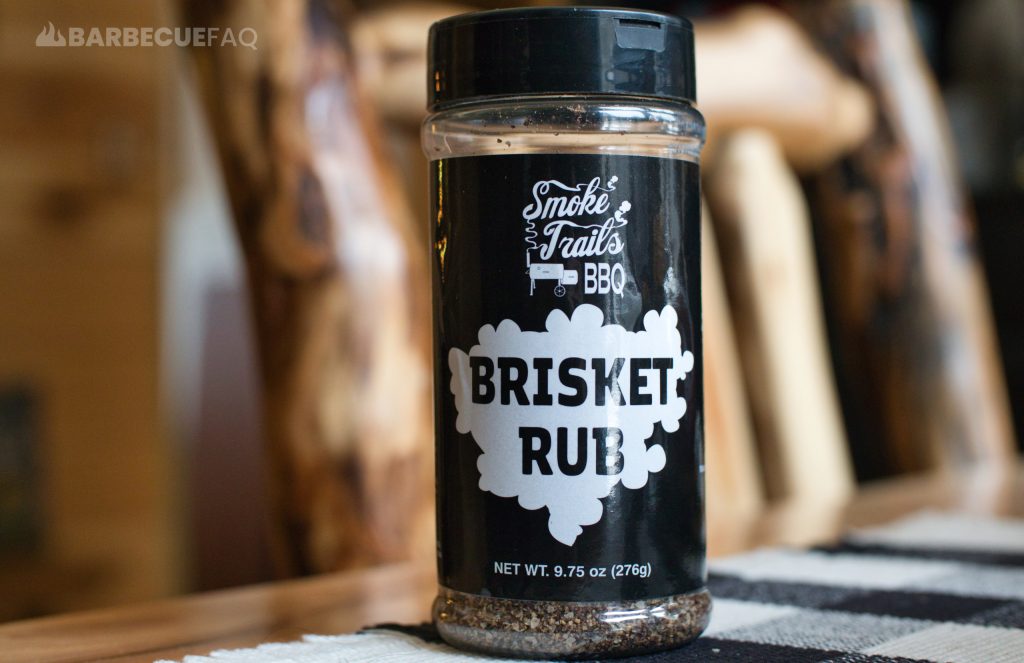For people who struggle to visualize just how much salt to use.
For anything that’s a decimal you’d use 1/2 tsp to get close.
Examples:
- 2.3 = 2 tsp + a little less than a half tsp.
- 1.7 = 1 tsp + 1/2 tsp + a little less than a 1/2 tsp.
- 3.5 = 3 tsp + 1/2 tsp.
Notes on this Calculator
When dry brining it’s typically recommended to use:
- Beef: 1% (up to 1.5% for roasts)
- Pork: 0.5%–1%
- Poultry: 0.5%–1%
- Seafood: 0.5% or lower
Density of Salts*:
- Fine sea salt: 1.18 g/mL
- Regular Table Salt: 1.19 g/mL
- Morton’s Kosher salt: 1.07 g/mL
- Diamond crystal Kosher salt: 0.63 g/mL
*These values are found by ME by weighing my salts with a gram scale. If you have a salt you don’t see listed, weigh 1 tbsp with a gram scale and email me so I can add it!
Remember, Not All Salt is Created Equal
This is due to density AND granule size.
Table salt is a fine granule and when you go to salt food it will fall through the fingers faster leading to spots of the meat being more salted than others.
This is also why you want to raise your hand up when you salt as apposed to being close to it; You’re apt to over-salt certain parts when closer to the food.
Most people who dry brine will use Kosher salt because it more evenly seasons food because the granules are bigger.
Table salt is also twice as dense as Diamond crystal kosher salt meaning it’s less forgiving.
What to Do After You’ve Salted the Meat?
Ideally, place on a wire rack and then on a baking sheet or plate.
The wire rack elevates the meat and prevents it from sitting in it’s own juices. It also allows air to dry out all surfaces.
Then put the meat in your refrigerator uncovered, on the bottom shelf for ~2 hours or overnight.





